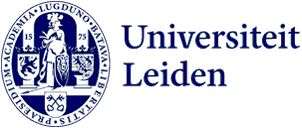
Grand opening of renovated Arsenal building
The renovated Arsenal building, part of the Humanities Campus, has been in use since April 2020. The building was officially opened on Monday 13 June by Martijn Ridderbos, Vice-Chairman of the Executive Board, and Mark Rutgers, dean of the Faculty of Humanities.
Following the P.J. Veth building, the Arsenal is the second building of the Humanities Campus to be renovated and restored to use. Dean Mark Rutgers: ‘This beautifully renovated Arsenal building brings us a step closer to our ambition of creating a sustainable, accessible and contemporary Humanities Campus.’
A durable Arsenal building
In the study lounge in the former atrium, the sunken seating area from the 1980s has disappeared. In its place there are now large tables with plants and sockets. The beautiful wooden construction has been retained and is now a stunning visual feature. Modern systems have been installed and the insulation has been improved. And there are more sustainable elements: 170 solar panels have been installed on the roof, the stairs are made from recycled wood and the tables in the common room and the meeting room on the ground floor have been made from old military jackets. In the future the Arsenal will be connected to the thermal energy storage system that is going to be installed on the campus squares of the North and South Clusters on the Witte Singel.
Mark Rutgers: ‘It is and remains undoubtedly an Arsenal, but in a modern guise, where students are able to study in a pleasant environment, staff can work in peace and there is plenty of space for people to meet one another.’
Mark Rutgers: ‘Het is en blijft onmiskenbaar een Arsenaal, maar met een modern jasje, waar veel studenten prettig kunnen studeren, waar medewerkers rustig kunnen werken en waar voldoende plekken zijn om elkaar te ontmoeten.’
New way of working
The Arsenal has been home to the staff of the Leiden University Centre for the Arts in Society (LUCAS) and to the staff of the shared bachelor’s programmes in English and German of the Leiden University Centre for Linguistics (LUCL) and LUCAS since April 2020, but Corona restrictions meant that the official opening could not be celebrated earlier. Since then the staff have been getting used to the new way of working, with shared offices, meeting rooms that can be reserved, storage shelves for files and books in the offices and large personal filing cabinets in the hallways.
Martijn Ridderbos, Vice-Chairman of the Executive Board commented, ’We are enormously proud of these premises that have been so beautifully renovated and where so many sustainable elements have been incorporated. It is excellent to hear that the staff of LUCAS and LUCL are happy with their new work environment. This building is an example of how the new workplace norms can turn out in practice. I hope the staff of the Faculty of Humanities will continue to enjoy working here and wish them success in the attractive environment of this modern and historic building.’
Renovation
Preparations for the renovation of the Arsenal started in 2016 with the move of the East Asian Library to the University Library and later, in 2018, the move of the Leiden University Institute for Area Studies (LIAS). The Arsenal was then closed for some time. Ernst Hoek from Hoek and De Wit Architects created the design, in which he incorporated many of the wishes of the future users, and also supervised the construction. Leiden-based contractors Du Prie completely renovated the historic premises to create a modern, light location, paying close attention to the surrounding area. There are no fewer than 100 self-study places, two lecture halls or Active Learning Classrooms, offices for staff members, and spaces for study associations. The education administration is also located in the building.
History of the building
The former barracks was built at the start of the nineteenth century on the outskirts of the city centre. The building was first renovated by the University in 1980, and in 1981 was taken over by the Faculty of Arts (the precursor of the Faculty of Humanities) for teaching purposes. After 40 years, the building needed a facelift to match the University’s ambition of having an attractive and sustainable Humanities Campus.
-
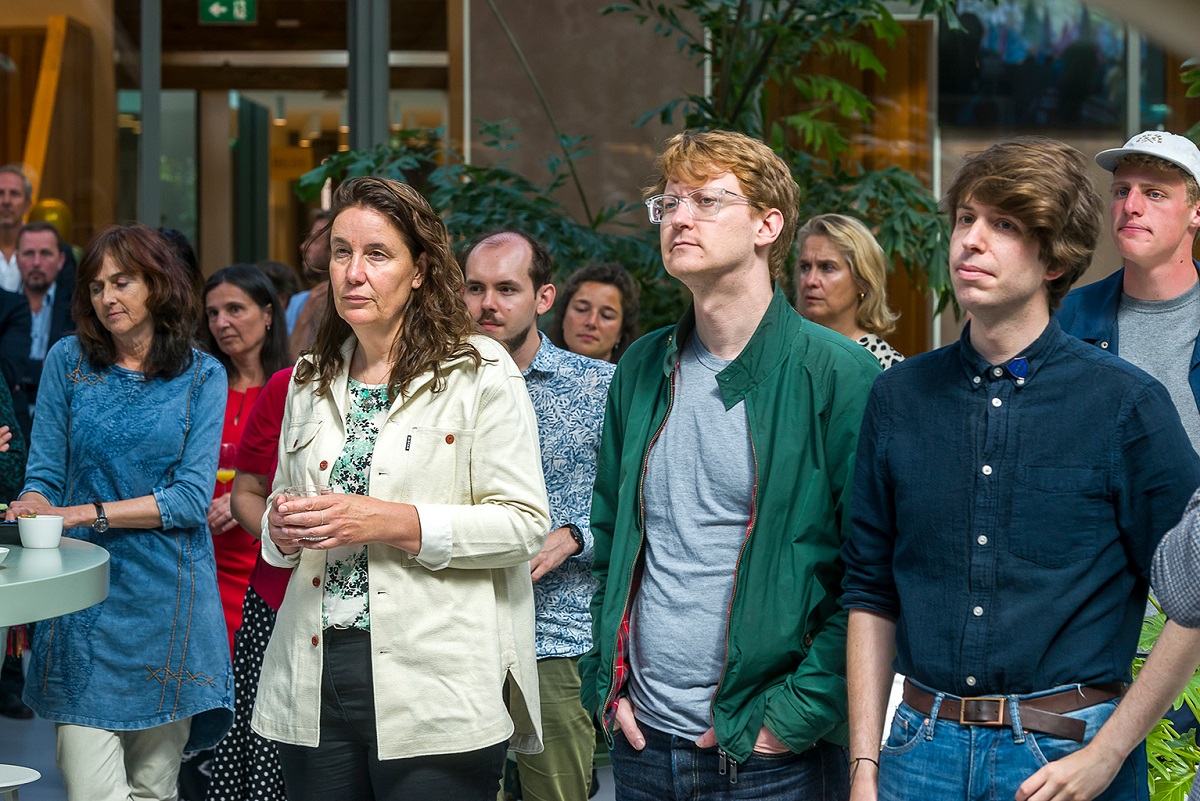
Photographer: Pim Rusch -
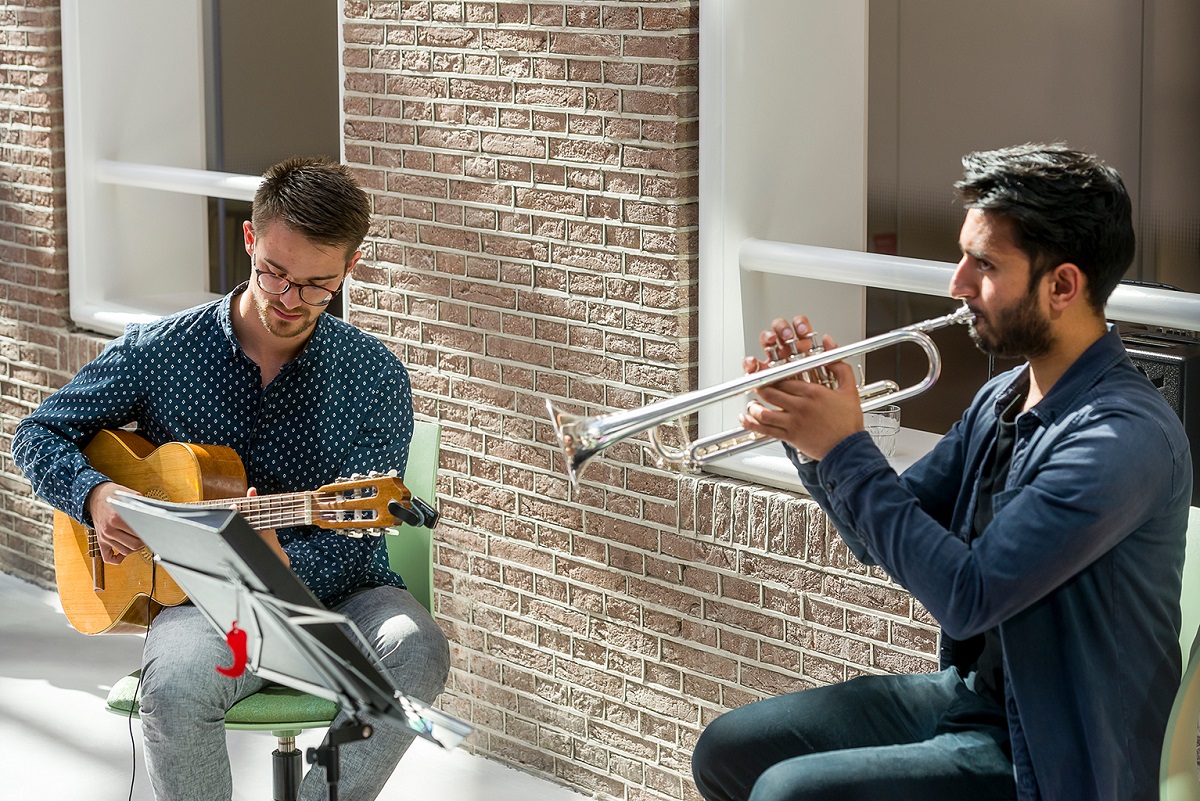
Photographer: Pim Rusch -
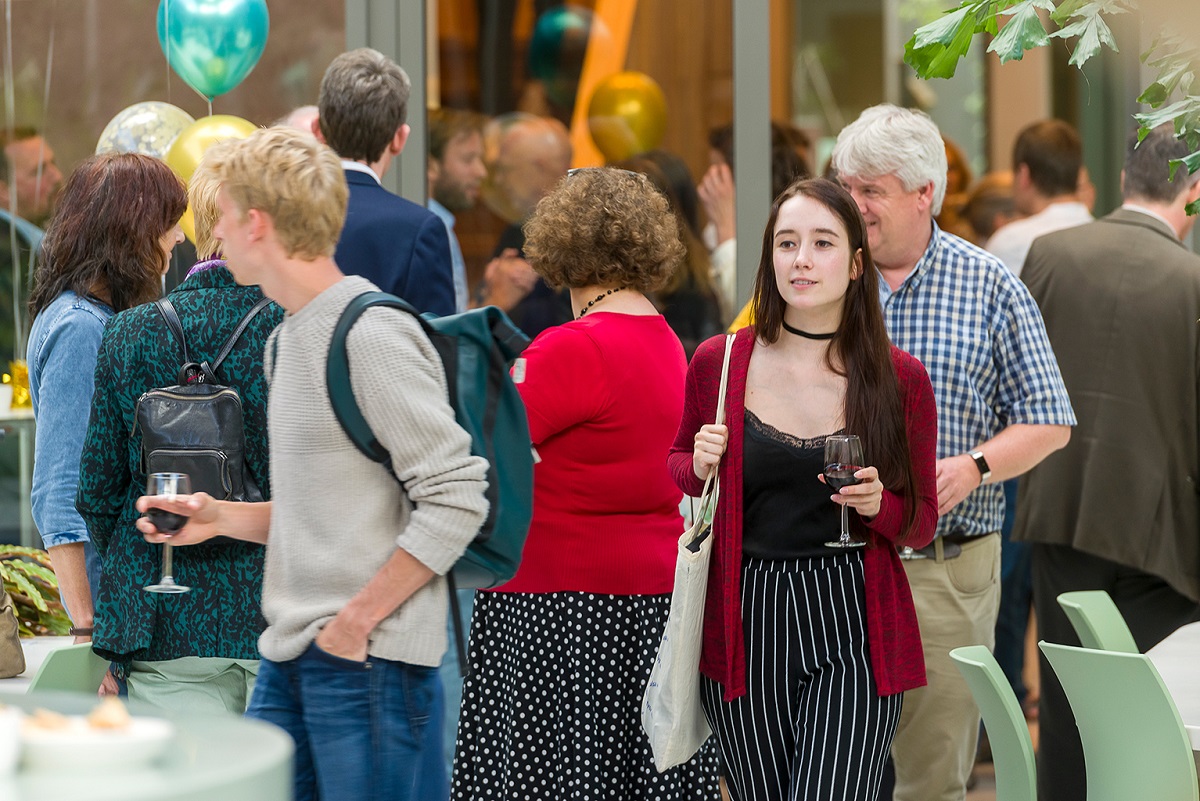
Photographer: Pim Rusch -
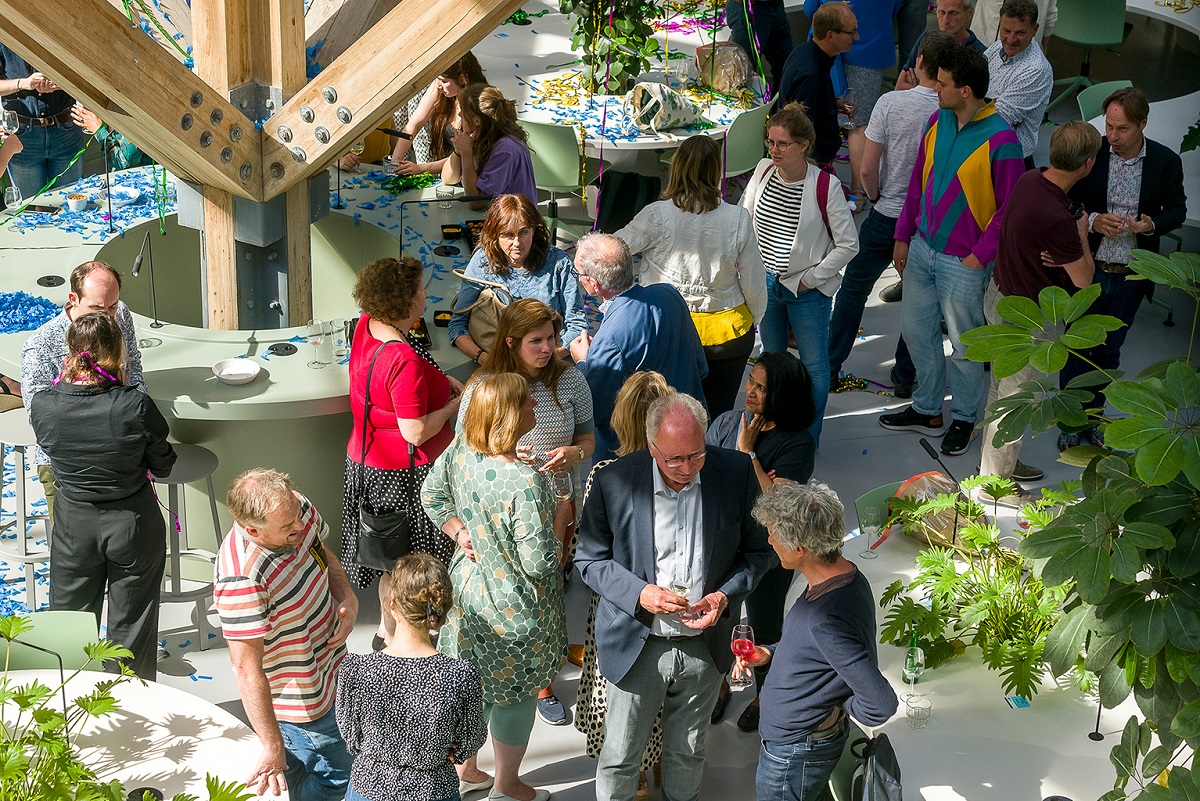
Photographer: Pim Rusch -
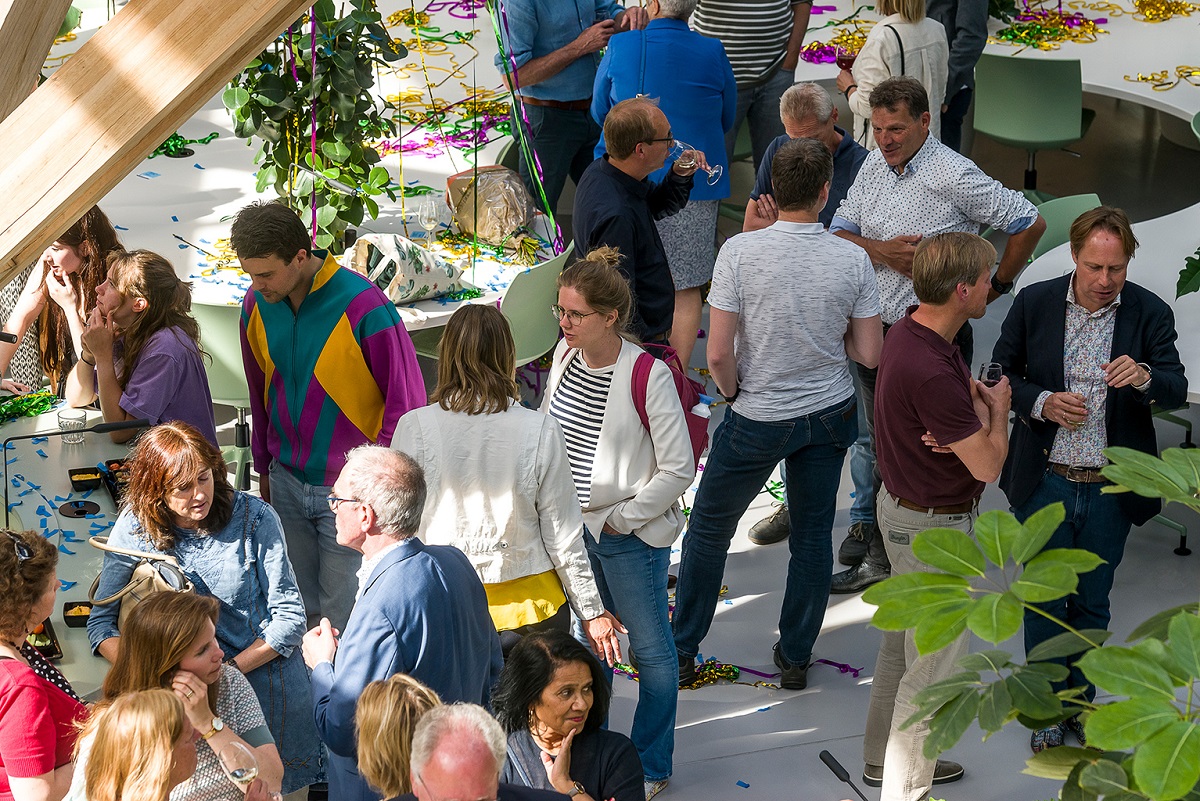
Photographer: Pim Rusch -
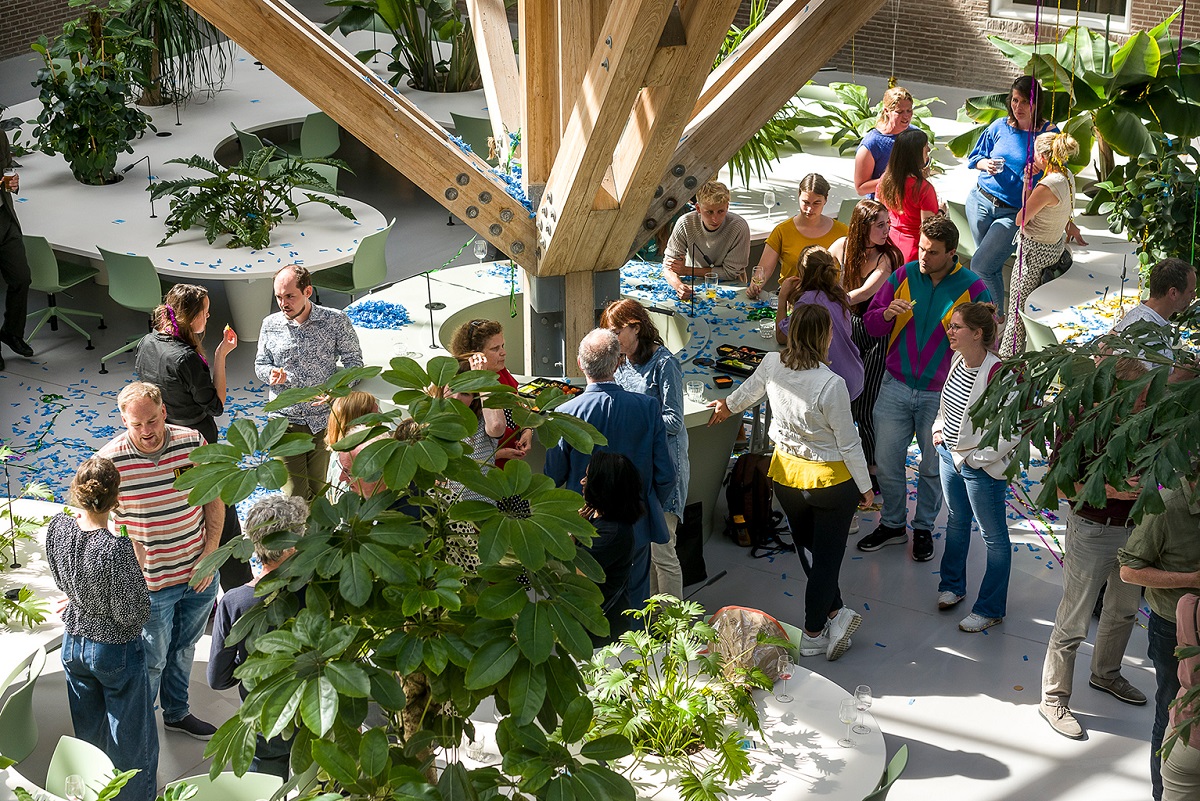
Photographer: Pim Rusch -
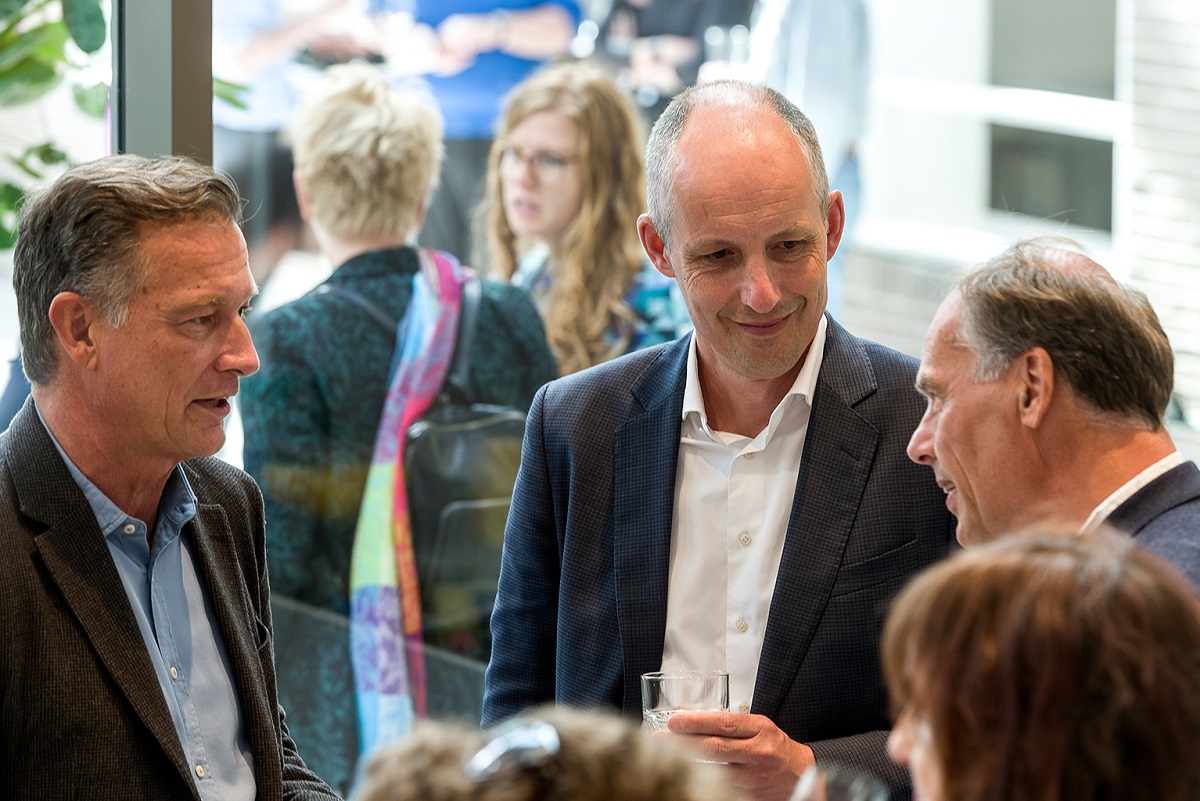
Photographer: Pim Rusch -
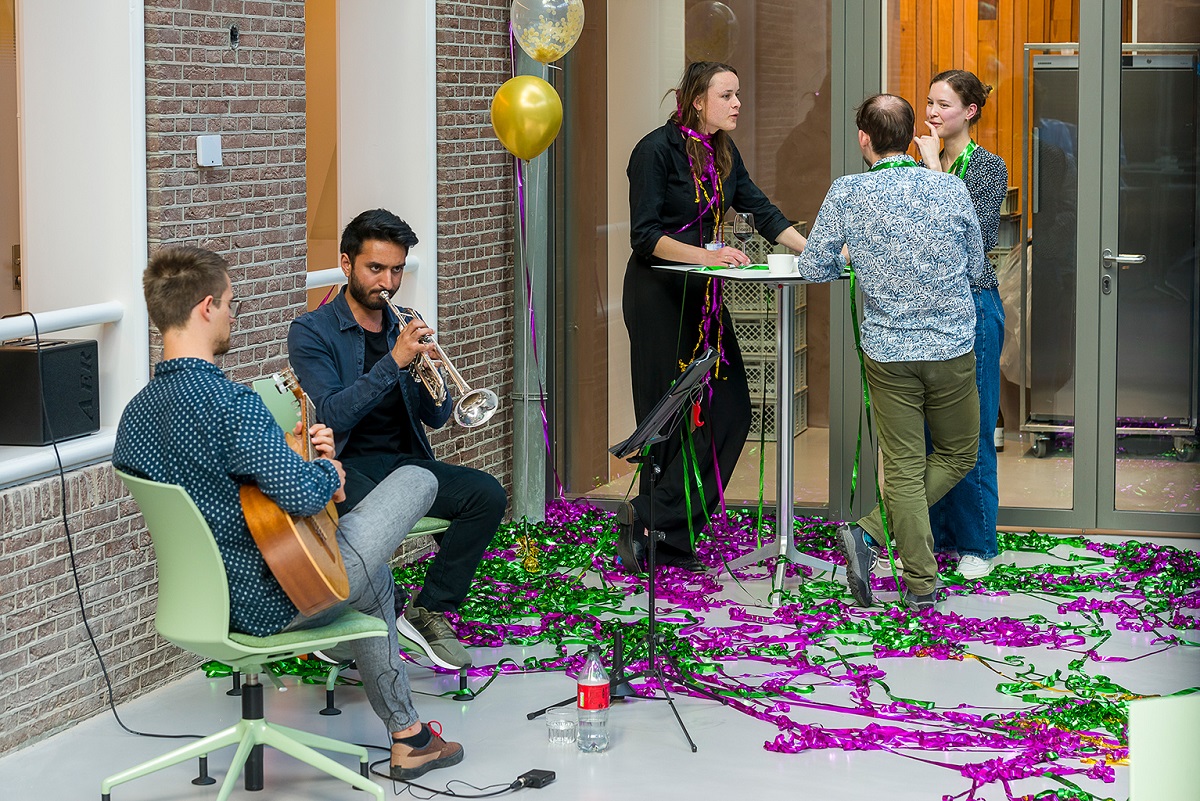
Photographer: Pim Rusch -
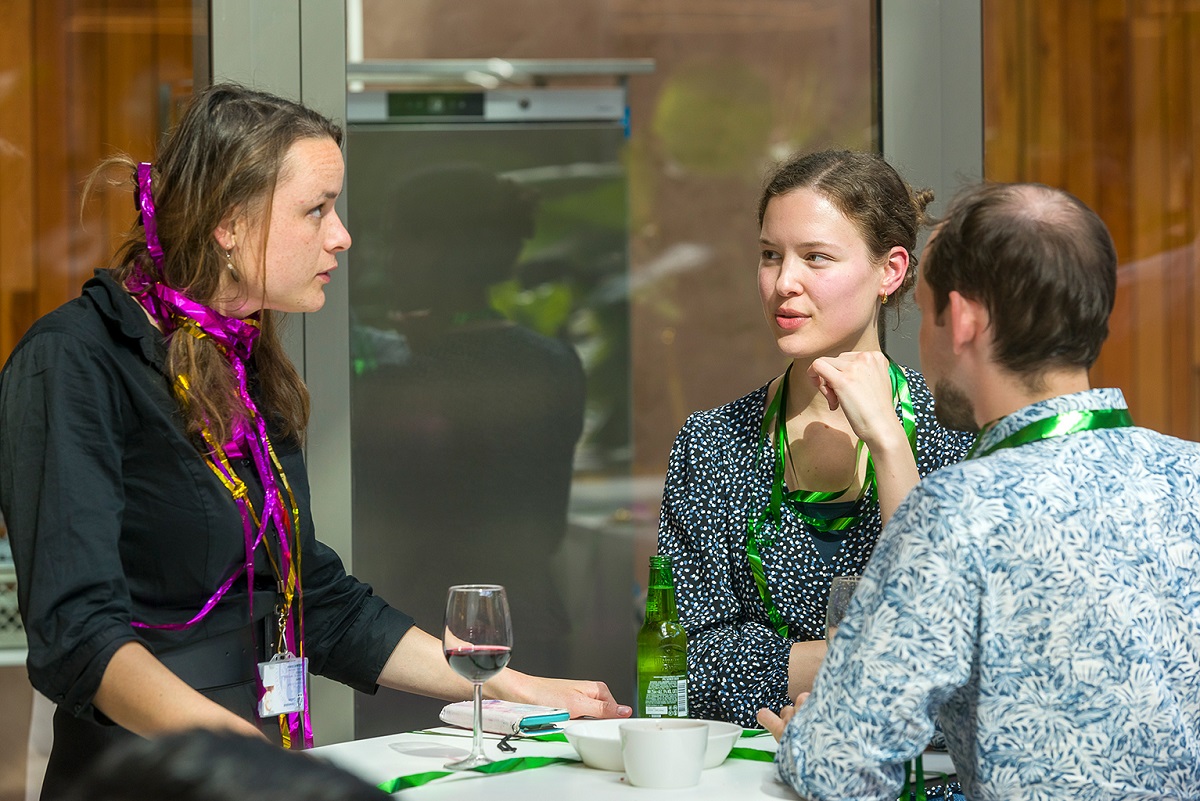
Photographer: Pim Rusch -
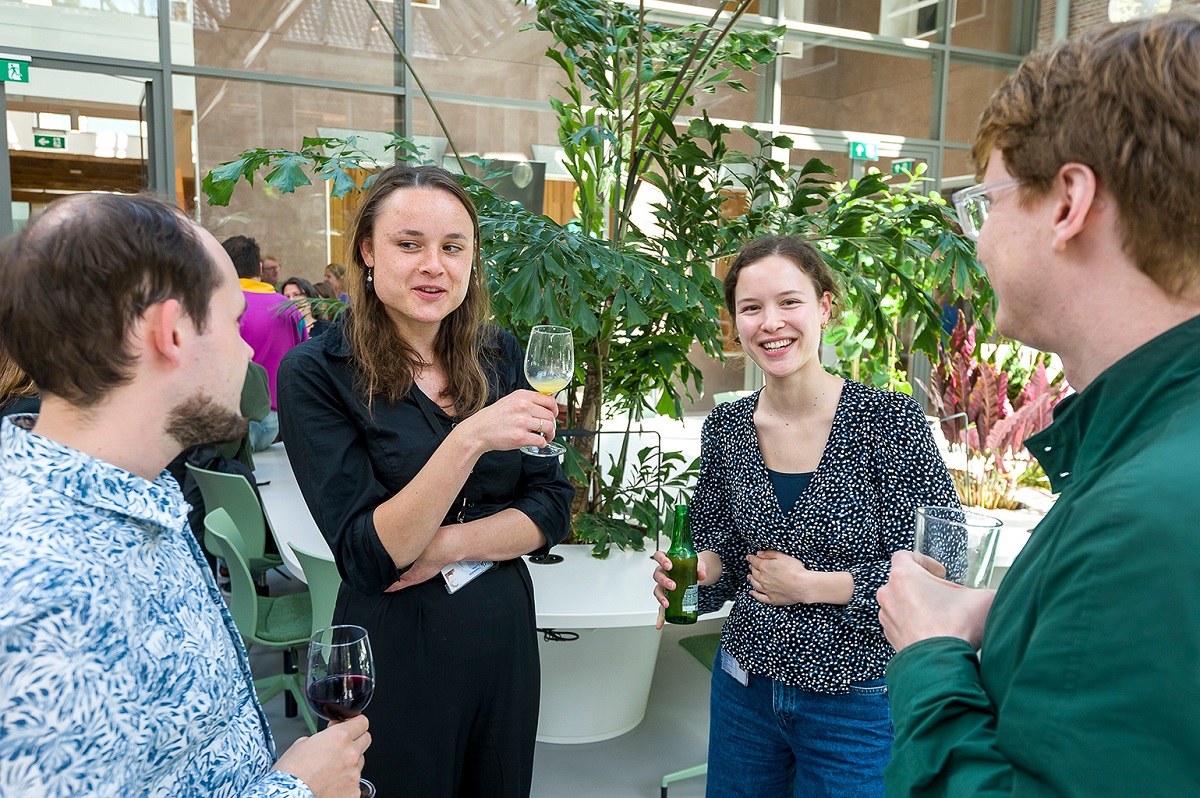
Photographer: Pim Rusch -
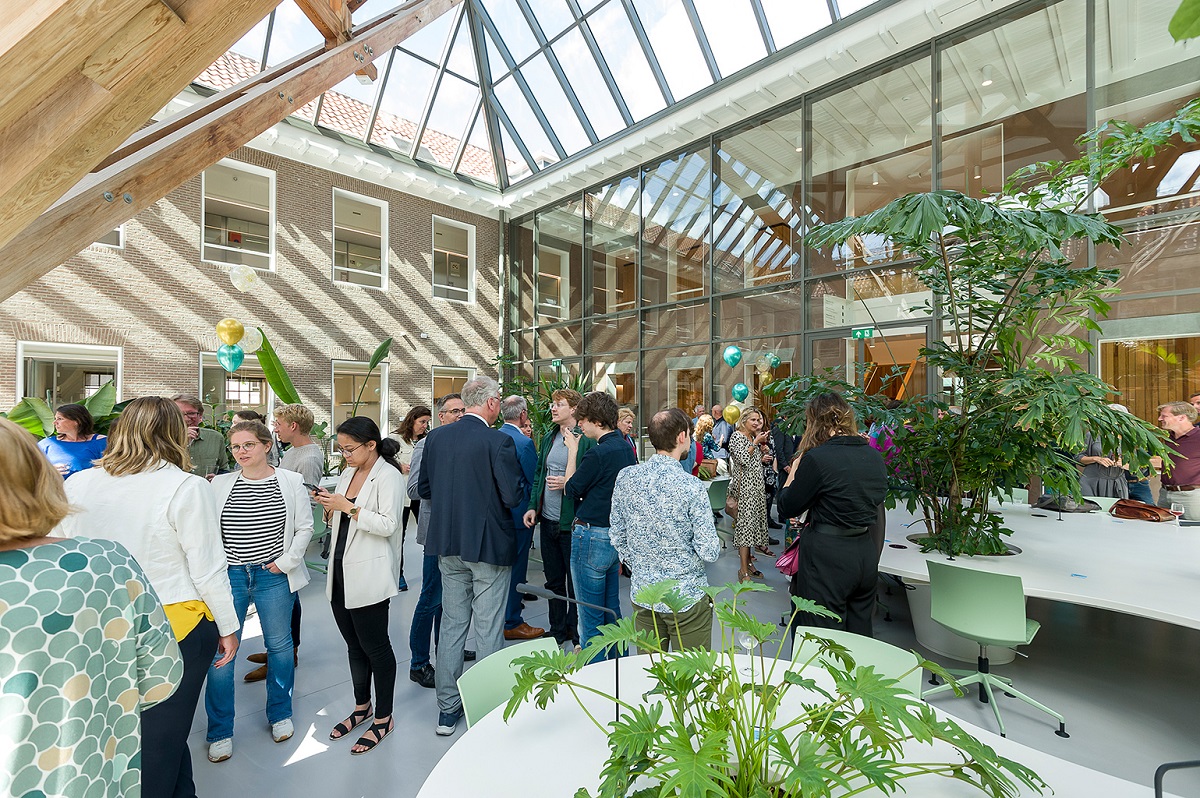
Photographer: Pim Rusch -
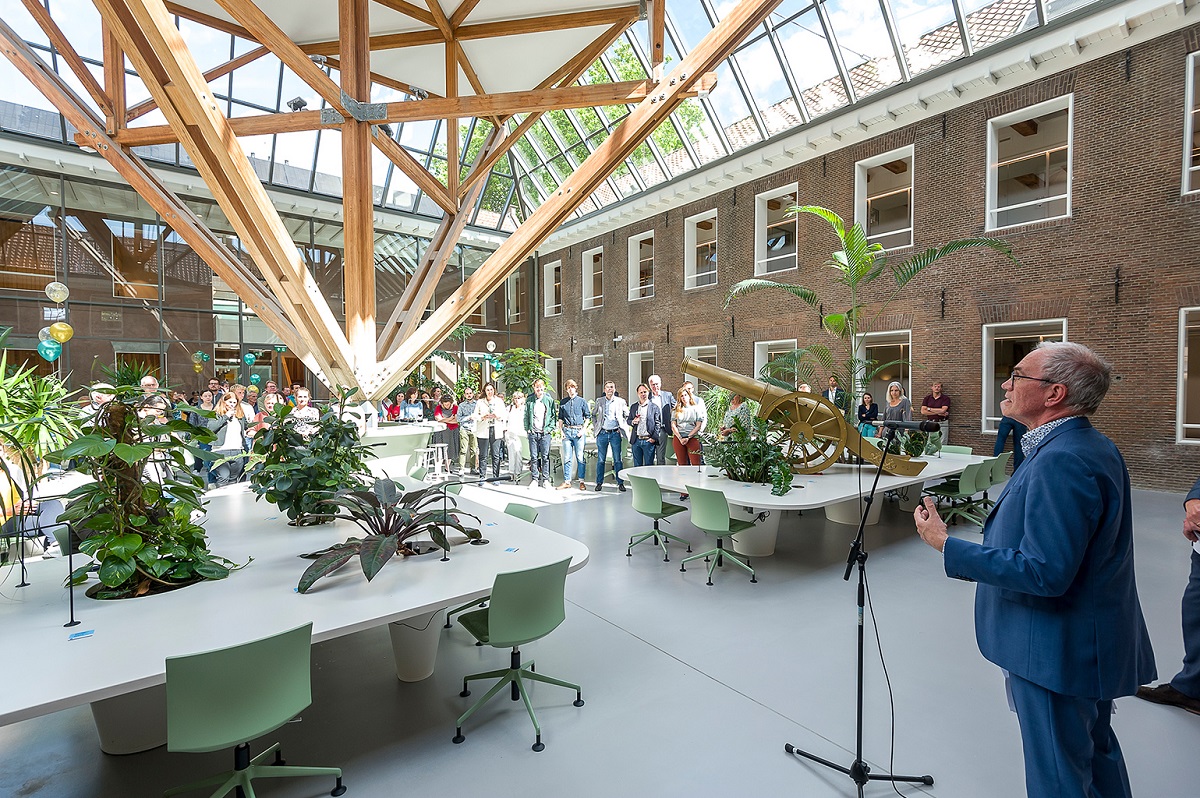
Photographer: Pim Rusch -
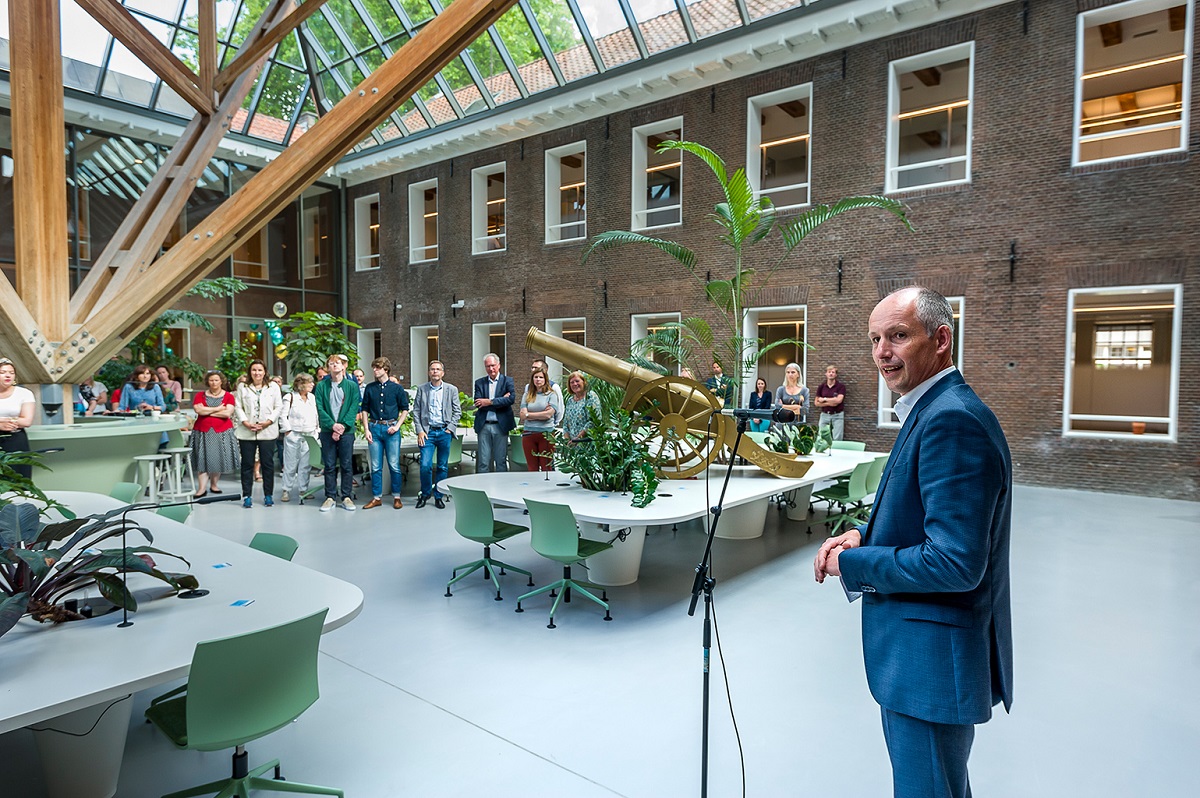
Photographer: Pim Rusch -
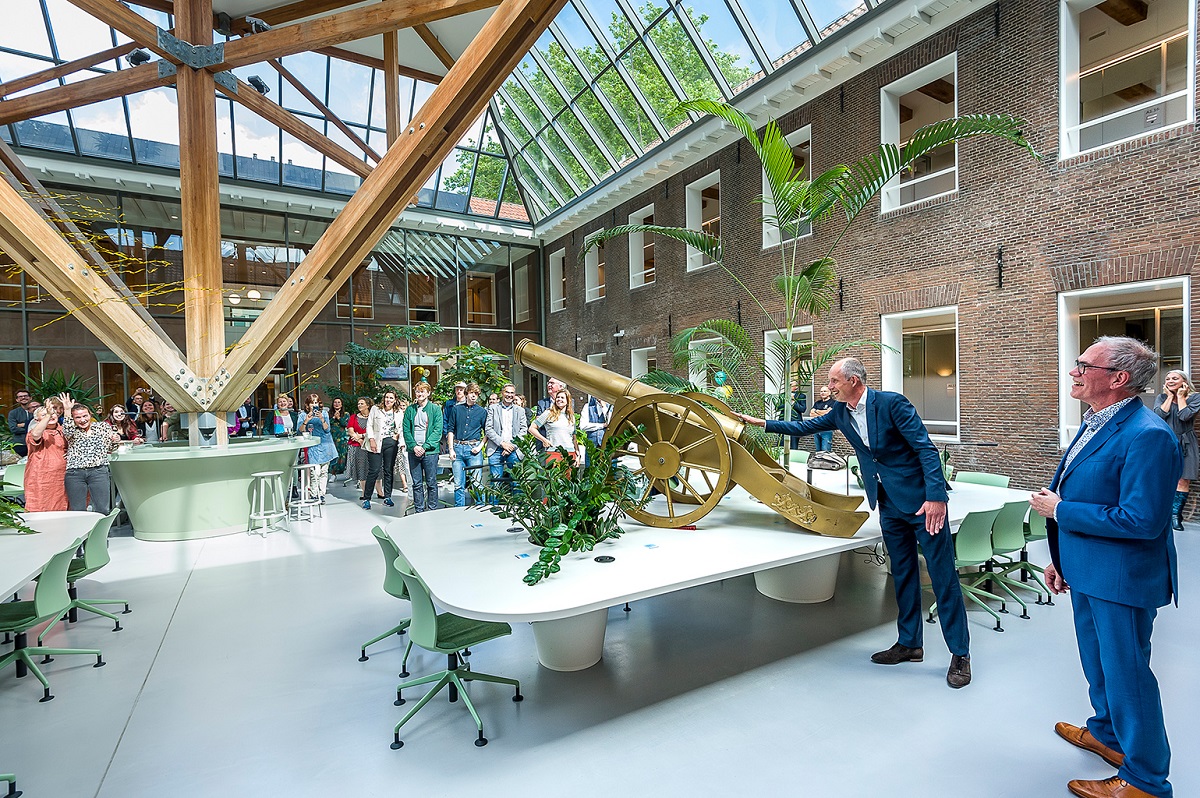
Photographer: Pim Rusch -
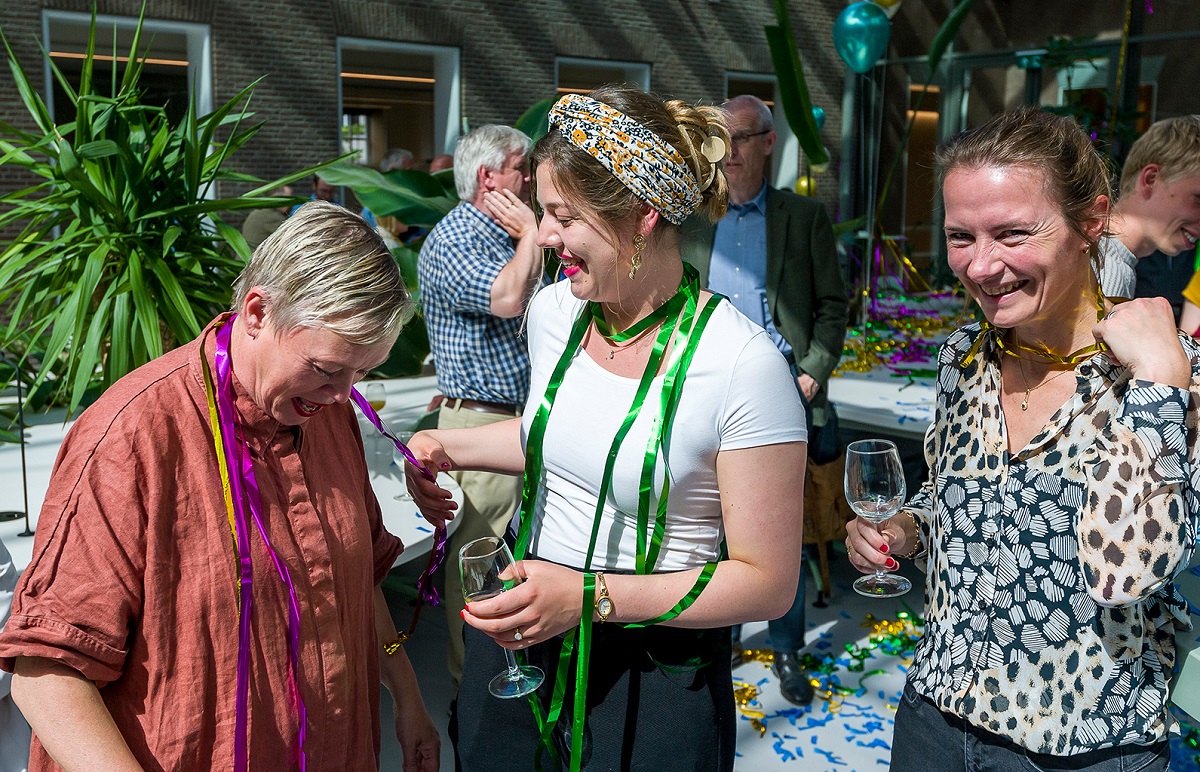
Photographer: Pim Rusch -
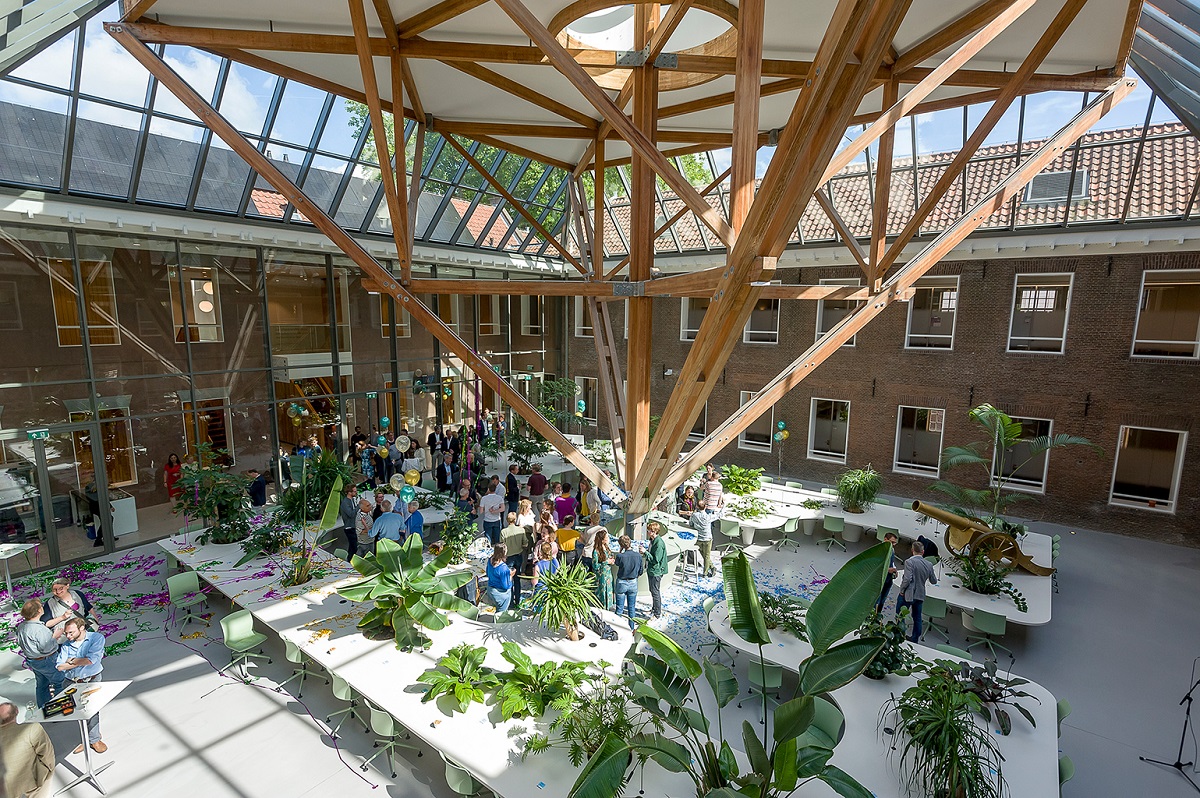
Photographer: Pim Rusch
